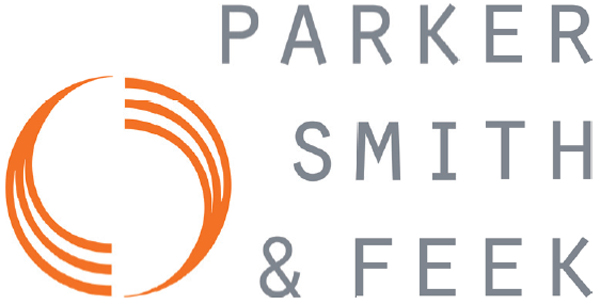uilder’s risk insurance is a property policy purchased by building owners, developers, or general contractors to cover a loss of all or part of a building or building materials during construction. Fire and water are the most common causes of significant losses covered by a builder’s risk policy, and trespassers often are a contributing factor.
The risk of fire does not end when the hot work task is complete. The National Fire Protection Association (NFPA) reports that fires can start up to four hours following hot work1. For this reason, a fire watch should continue after hot work ends for a period of time dependent on the type of task, heat load, and combustibles present.
When laying out a jobsite, think about fire safety as well. Store flammable gasses and liquids away from the building and high traffic areas, in a location protected from vehicle strikes.
Electrical safety is also important for fire prevention. Using appropriate cords for the electrical load, protecting electrical cords and junction boxes from damage, and implementing GFCI breakers all help prevent fires.
Although the perils to a building under construction are many, integrating preventive measures during the planning stages and implementing them in the field greatly decreases the likelihood of filing a builder’s risk claim.
Kevin can be reached at
kwsayler@psfinc.com
or (425) 709-3614

